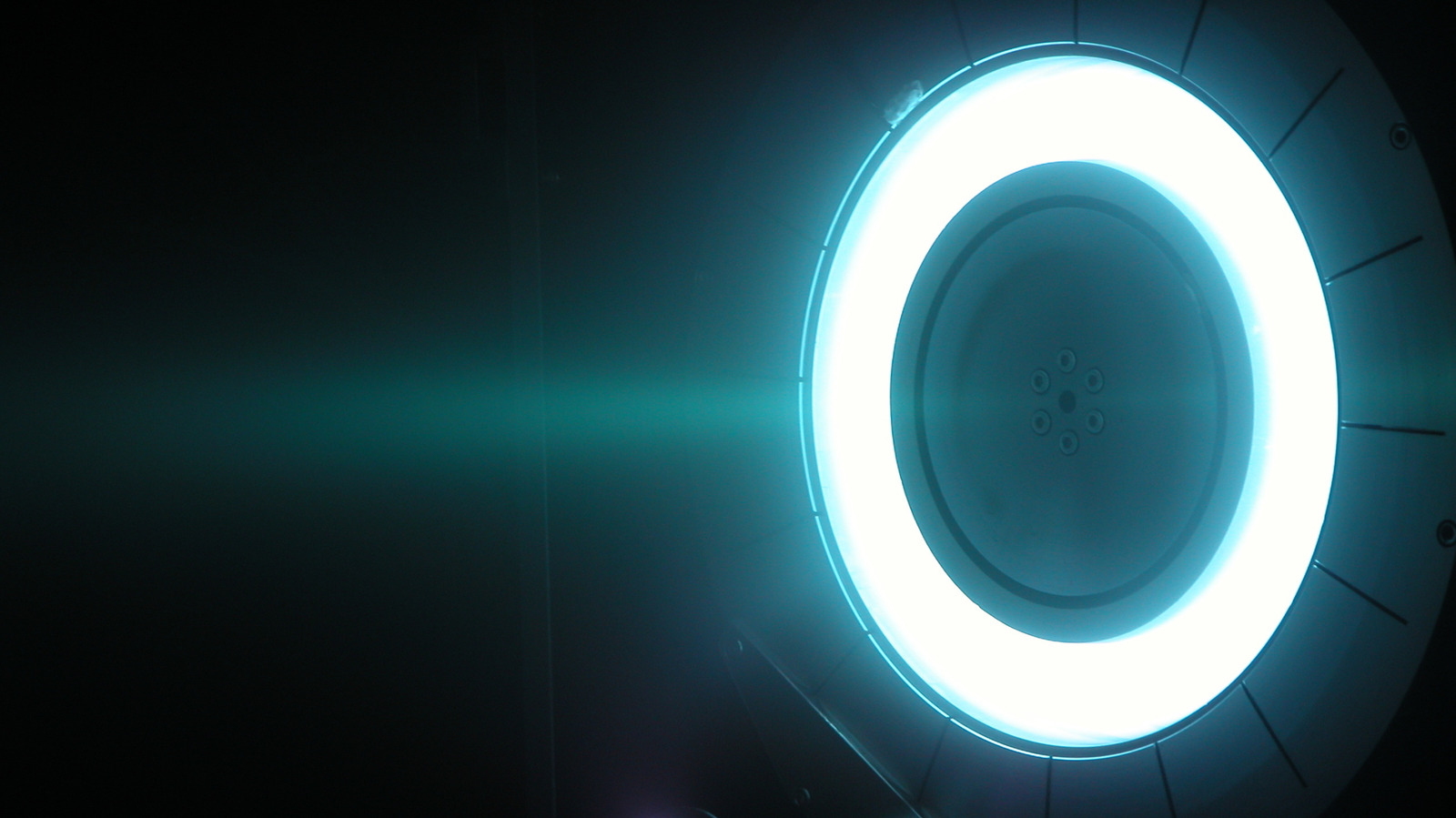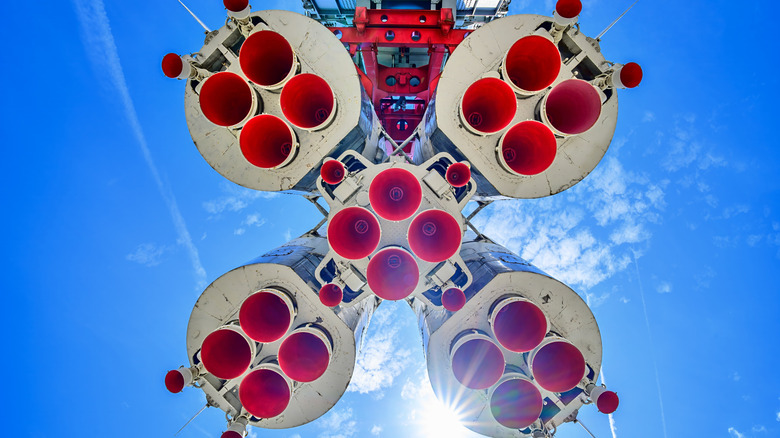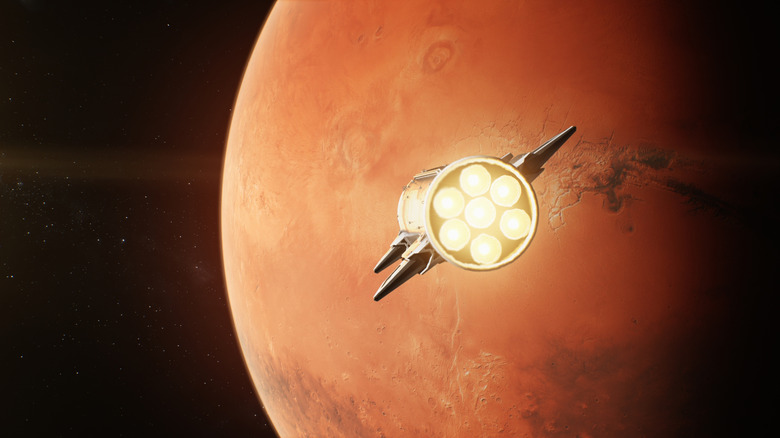In the relentless quest to make journeys to Mars shorter and safer, Russian scientists have recently turned heads with a bold claim: A plasma-based propulsion system could cut the Earth–Mars transit to just 30 to 60 days. This is a dramatic leap from a typical estimation of about 9 months cruise time to reach the Red Planet, possibly even up to a year for manned missions.
Plasma, or electric propulsion, is not new. For decades, spacecraft have relied on variants such as ion thrusters and Hall-effect thrusters for station-keeping, orbital adjustments, and deep-space missions. NASA’s Dawn mission used ion propulsion to explore the asteroid belt, while many commercial communication satellites employ electric thrusters to maintain orbit. All these systems work by accelerating charged particles (ions) using electric or magnetic fields, achieving exceptional fuel efficiency, although they achieve relatively low thrust. What makes the Russian project remarkable is its promise to scale plasma propulsion far beyond these existing applications. If successful, it could mark a turning point in interplanetary travel. It would transform plasma engines from quiet orbit maintainers into the main engines capable of driving spacecraft across millions of miles through the solar system.
How the new plasma engine works
The Russian scientists from state-owned Rosatom built a laboratory prototype of a plasma electric rocket, based on a magnetic plasma accelerator. In essence, instead of burning chemical fuel and oxidizer to produce hot gas that is expelled for thrust, this engine ionizes a working fluid (in Rosatom’s case, hydrogen) into plasma (charged particles). Then it uses electromagnetic fields to accelerate those charged particles to very high velocities and expel them, pushing the spacecraft forward.
This design allows the exhaust velocity of particles to reach about 100 km/s (roughly 62 miles per second), which is far above 2 to 4.5 km/s exhaust speeds typical of chemical rockets. The prototype reportedly works in a pulse-periodic mode at an average power of ~300 kW. The thrust currently is modest (on the order of 6 newtons), which is low compared to chemical rockets, but in plasma engines, the idea is to apply continuous acceleration over long durations to gradually build high velocity. The Rosatom team claims that the prototype could already operate for over 2,400 hours, which they consider sufficient for a Mars mission under their theoretical plan. They aim to build a flight-ready version of the engine by 2030.
Compared with chemical rocket engines, the fundamental trade is between thrust and efficiency. Chemical rockets can produce very high thrust, which is needed for launch and rapid maneuvers. However, they burn propellant inefficiently and are limited by the chemical energy constraints of fuel–oxidizer reactions. Plasma engines, by contrast, offer far greater propellant efficiency and higher exhaust velocities, making them more suitable for long, sustained acceleration in space. The Russian design will rely on conventional rockets to lift the spacecraft into orbit, then switch over to the plasma engine for the Mars transit phase.
Reaching Mars now and in the future
Reaching Mars in 30 to 60 days would demand average speeds far greater than what today’s spacecraft can achieve. Currently, missions to Mars take up to 9 months on average, depending on planetary alignment, fuel constraints, and orbital transfer strategies. Among the major obstacles are limited thrust, the inefficiencies of chemical propulsion, and the dangers posed to astronauts from cosmic radiation during extended exposure.
NASA’s Deep Space 1 mission, launched in 1998, used ion propulsion to achieve a specific impulse (a measure of thrust efficiency) of 3,100 seconds. That’s approximately ten times higher than that of chemical rockets. This efficiency highlights the importance of plasma engines for the future of deep-space travel. In 2023, NASA employed Hall-effect thrusters to journey to the metal-rich asteroid Psyche. This mission is expected to reach its destination in 2029, showcasing the feasibility of using electric propulsion for long-duration space travel.
Adding to this momentum, a new Russian plasma engine promises even higher efficiency and sustained thrust, potentially enabling much shorter travel times to Mars and beyond. If successful, such technology could mark a turning point in deep-space propulsion and unlock faster, more ambitious missions across our solar system.










